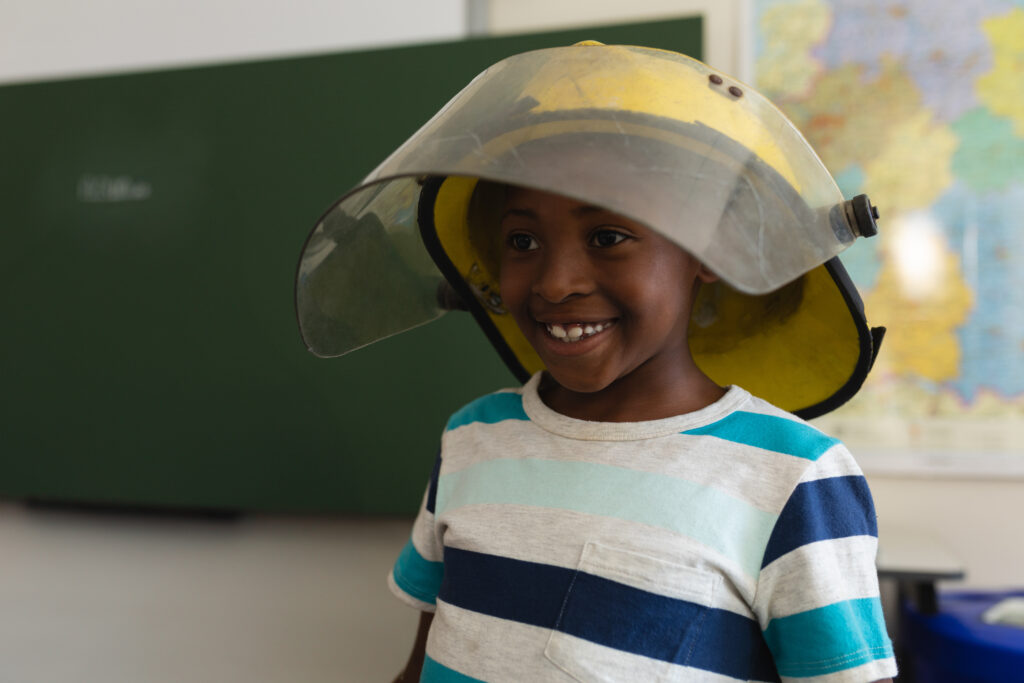I was at a football game recently and ran into the mother of a girl who saw one of my fire safety month presentations nearly 20 years ago. I taught the class simple fire safety tips like “stop, drop, and roll,” and how to test smoke alarms, and I shared the importance of creating an exit plan and choosing a meeting spot outside the home in the event of an emergency. She told me her daughter came home and insisted the family create an exit plan that day, and has since continued this important fire safety practice as an adult.
My own teenagers — though they may roll their eyes when I ask what their escape plan would be if a fire broke out while they were at a restaurant or hotel — I know will have an answer ready.
I’ve committed to sharing fire safety education not only in my personal life and in my career at UL Standards & Engagement, but also as part of my role as both a professional and volunteer firefighter over the years. I vividly remember a firefighter coming to my own school and talking to us about fire safety when I was younger. That inspired me, and today, I have the privilege of teaching the same kind of fire safety classes at three local schools. Of course, the kids are fascinated with my heavy firefighting gear, but they also connect with the message of how they can help prevent fires, and what they should do in the event one breaks out.
Kid-Friendly Messages Apply to Adults as Well
When I teach kids simple fire safety tips like “stop, drop, and roll,” “stay low and go,” “know two ways out,” or “test smoke alarms at daylight saving time,” I want them to leave them with lessons they can carry through life. These simple concepts aren’t only fun for kids to practice in the classroom, they actually save lives in the event of a fire emergency.
In 2021, a nine-year-old boy named Cahill woke his parents up and called 911 when he saw smoke and flames coming from the bathroom in his home. The following year, a nine-year-old girl named Rhae jumped into action and carried her baby brother to her parents to alert them of a fire. For both Cahill and Rhae, fire safety lessons and drills in school helped them remember how to react in these real emergencies.
Prevention is the First Step to Safety
Taking steps to prevent a fire — like being careful with cooking and candles, buying only safety-certified electrical products, and following safe charging practices for electronic devices — are the first line of defense. If you get those steps right, you’ll hopefully never have to worry about what to do in an emergency — though it’s still important to know what to do and be prepared.
October is Fire Prevention Month, and local fire departments across the country are marking the occasion with initiatives from open houses to fire safety campaigns. While the activities will last only a month, it is an important time for all of us to focus on basic safety measures we should be thinking about all year long.
